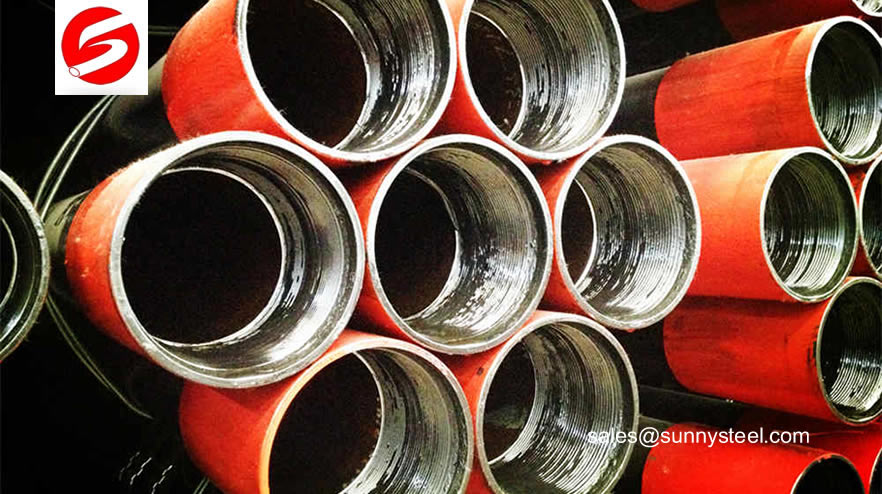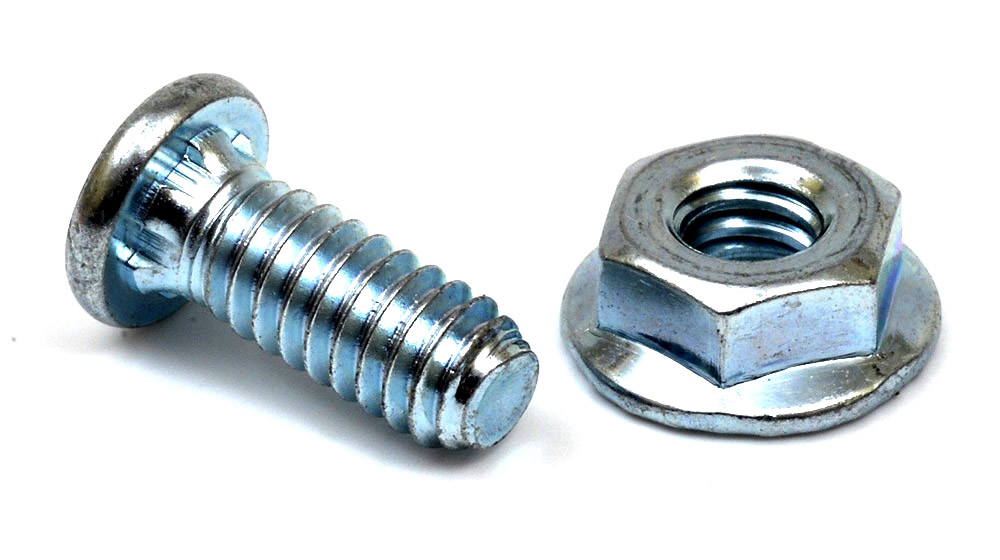Low Fin (Integral) tubing is a type of extruded tubing that consists of short low fins.
The low fin tube have the advantage of adding surface area to a smooth tube while maintaining the same outside diameter. Low Fin Enhanced tubes can be used in standard shell and tube baffles and tube sheets.
This method of construction is very different from cutting grooves onto the tube as is often done by people who are on the lookout for a shortcut or who don’t know any better.
Materials - Low Finned Tubes
We offer you a broad portfolio of materials and can expand our offering at any time to meet your specific needs regarding thermal conductivity, mechanical properties, or corrosion resistance.
| Material | Standard |
|---|---|
| Carbon Steel | SA 179 / A 179 |
| Carbon Steel | SA 210 / A 210 |
| Carbon Steel | SA 334 / A 334 |
| Stainless Steel | SA 213 / A 213 |
| Duplex Stainless Steel | SA 789 / A 789 |
| Copper & Cu Alloys | SB 111 / B 111 |
| Titanium & Ti Alloys | SB 338 / B 338 |
Low-finned tubes solutions are already available in copper, copper-nickel, aluminum, steel, stainless steel, and titanium.
Standard Technical Specifications - Low Finned Tubes
| Material | Standard |
|---|---|
| Carbon Steel | ASTM A 498 |
| Stainless Steel | ASTM A 1012 |
| Copper and Copper Alloys | ASTM B 359 |
| Titanium | ASTM B 891 |
The uses differ, but as far as pipes with an increased outer surface area are concerned, they are all tubes with welded peripheral fins onto steel pipes, also known as high fin tubes. Low finned tubes involve the formation of fins by direct rotational processing of steel pipes, meaning there is no worry of detachment even if later bent. Moreover, they possess excellent durability and anti-vibration properties once put into operation.
Low-finned tubes are used in following fields:
- heat exchangers for power plants (nuclear, electric, thermal and geothermal power plants)
- chemical and petrochemical industries
- high corrosive systems (evaporators, condensers,...)
- food processing and refrigeration industries.
Benefits of Low Finned Tubes:
- Offers 2.5-3 times the external surface area of bare tube
- Enhanced heat exchanger efficiency means less tube is required to accomplish the same heat transfer as a bare tube
- Low finned tube can increase the performance of an existing exchanger without the difficult and expensive task of building new shells etc
- Reduced space and weight can be extremely valuable in offshore production or high elevation distillation columns. Low finned technology can transform large shell and tube exchangers into compact heat exchangers
Low fin dimension capability
| Description | Size dimension |
|---|---|
| Tube OD | Min. 12,7mm / Max. 31,75mm |
| Tube thickness (plain section) | Min. 1,245mm / Max. 3,404mm |
| Fin pitch | 19 – 26 – 27 – 28 – 30 – 36 fins per inch |
| Fin height | Max. 1,40mm |
| Tube length | Max. 25000mm |
A Low Fin Tube is formed by passing a tube through a set of rollers that form the fins from the parent material of the tube by making it flow in the desired way.
Application
Low finned tubes are a reliable solution for controlling the temperature of gases and liquids, or for evaporating and condensing refrigerants. Thanks to their larger heat transfer surface area, they offer considerable potential to save in terms of materials and fill volumes, especially applicable to air and other gases on the fin-side and a fluid on the tube-side. Applied in heat exchanger for oil refinery and petrochemical plants, condenser and heat exchanger for petrochemical plants, condenser & evaporator for power plants,
To serve you more efficiently, please send us your specific enquiry, please indicate following details:
- Fin Tube Material
- Outside Diameter
- Wall Thickness below finned portion
- No of Fins Per Inch
- Overall Length of Tube
- Length of Plain Tube at Both Ends
- Total Quantity Required
- Shipping Items












